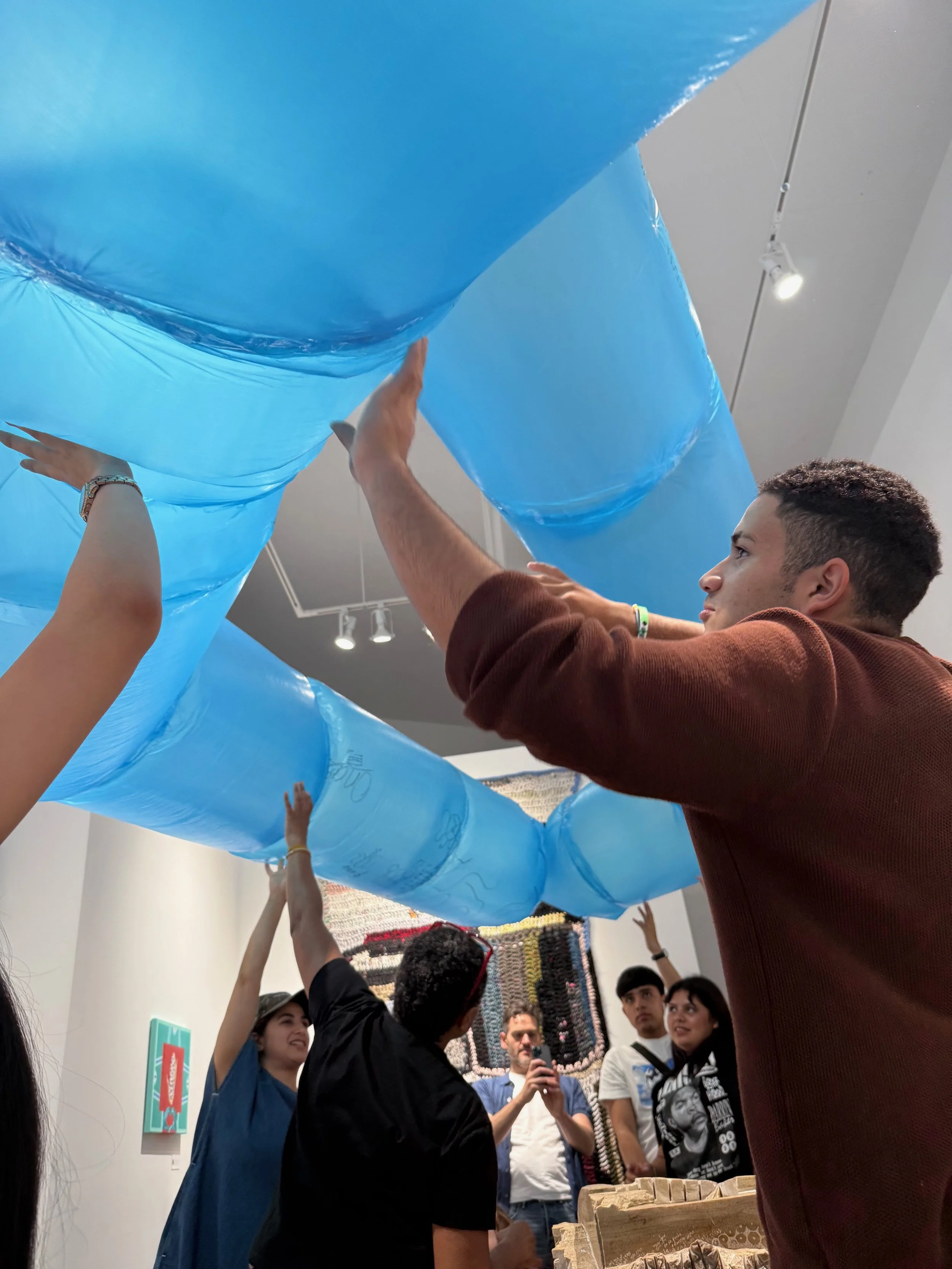Can you tell us a bit about your journey? How did you find your way into the worlds of art, curation, and education?
“After graduating from Edinburgh College of Art with a degree in Sculpture, I moved to London with the ambition of “becoming” an artist. But I quickly encountered the invisible barriers that shape much of the art world. Many of my peers had access to free housing, family networks or internships through connections. I had none of that. It was a wake-up call to how exclusionary the art world can be.
This was the early 2000s, and while it was a vibrant and exciting time to be in East London with all the art spaces, music venues and clubs, I needed to work to survive. I held down various jobs, mostly in retail. When the company I worked for shut down and I was made redundant, I found myself at a turning point.
Teaching had always been in the background- my mum was an amazing teacher, but for a long time I resisted the idea of working in schools. It felt like such a fixed, normative identity: the suit, the lanyard, the rows of students outside the classroom. I couldn’t see myself in that role. I think as well, growing up queer in the 1990s, schools often felt like hostile environments. Rampant homophobia and policies like Section 28 caused deep, lasting harm. Many people from my community are still dealing with the consequences. But despite that, or maybe because of it, I felt drawn to working with young people in a creative, meaningful way…






